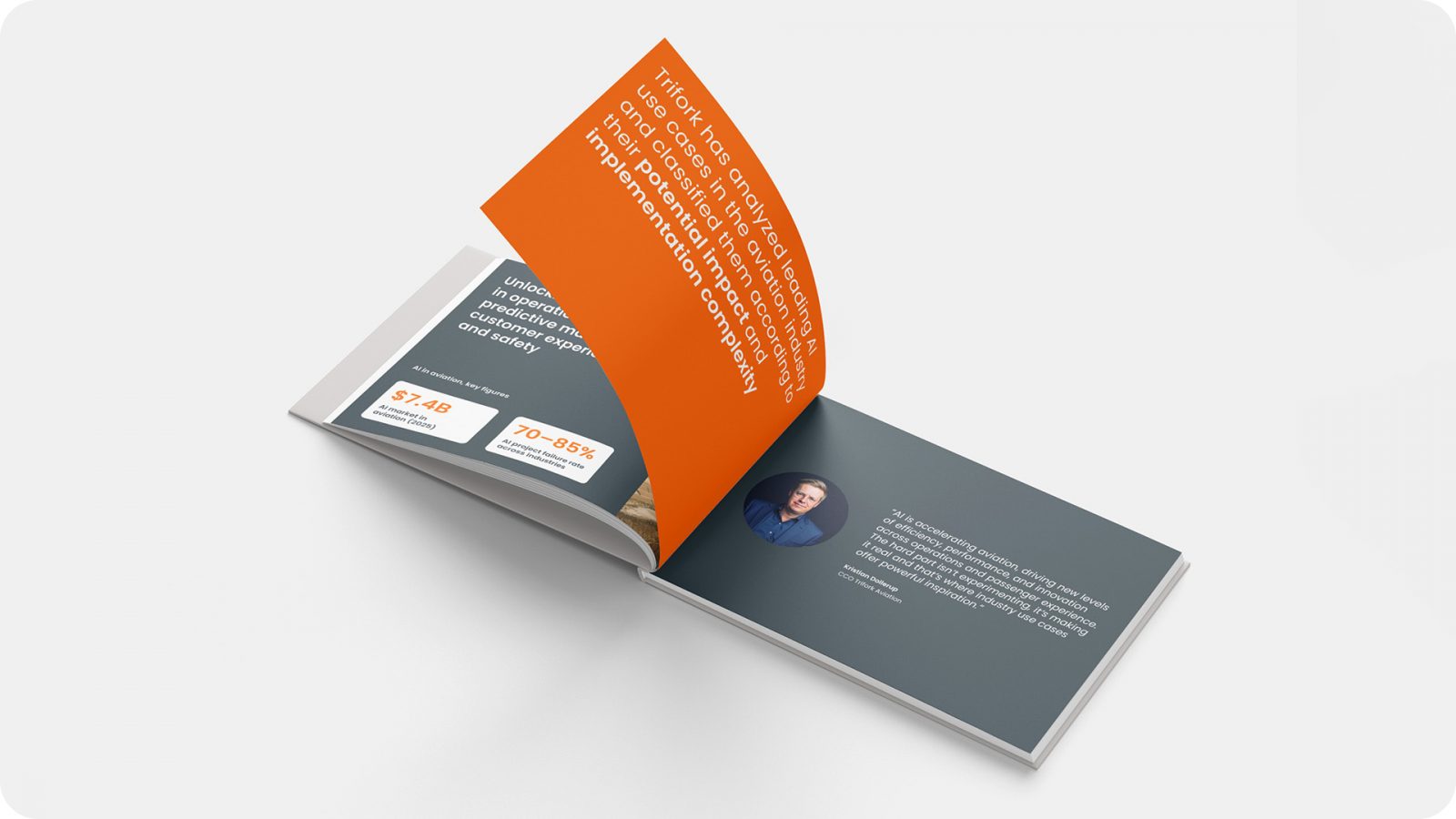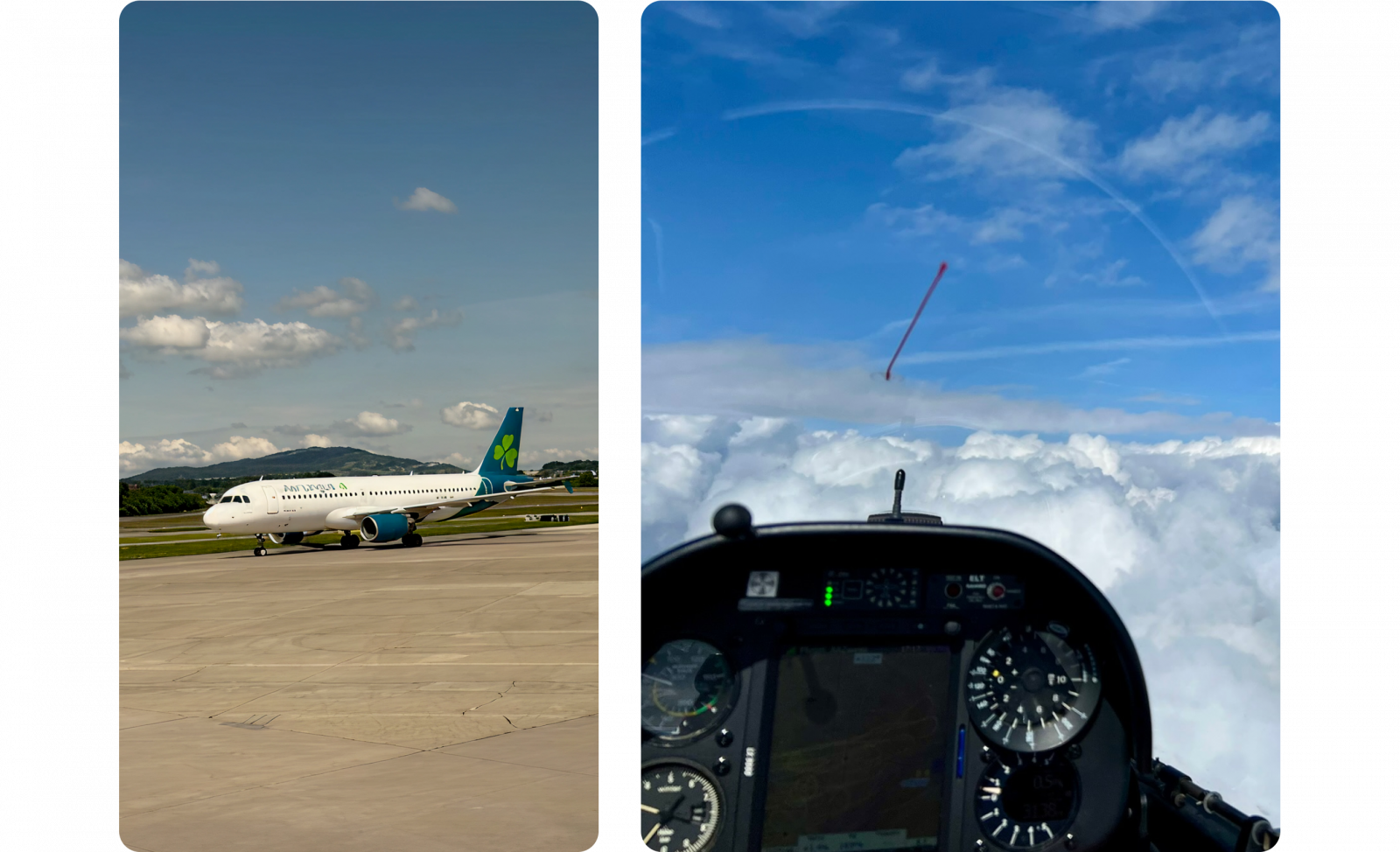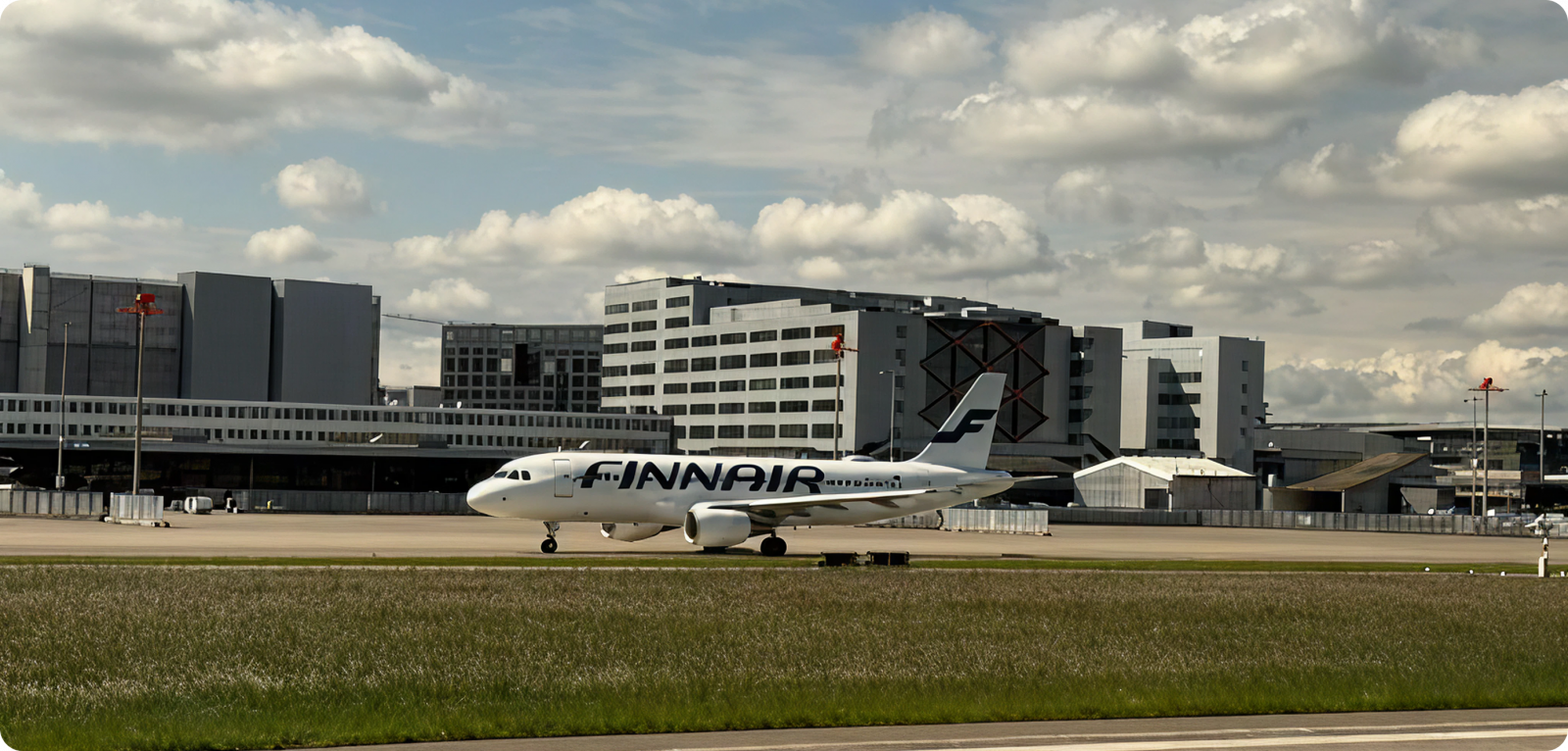Artificial Intelligence (AI) is rapidly transforming the aviation industry, unlocking new possibilities in operational efficiency, predictive maintenance, and customer experience. The global AI market in aviation has a projected value of $7.4 billion in 2025 and is set to grow significantly, reaching $26.9 billion by 2032.
Despite this surge in investment and enthusiasm, the aviation sector, like many others, is facing a harsh reality; most AI initiatives fail to meet expectations. According to Gartner, organizations will, throughout 2026, abandon 60% of all their AI projects. This is primarily due to poor data quality and integration challenges. Leading consulting firms such as McKinsey, Deloitte, and IDC report even higher failure rates, ranging from 70% to 85% across industries.
Although many projects fall short, the imperative to implement AI remains. The adoption of AI and machine learning is now table stakes for aviation companies. Strategic deployment is no longer a future consideration, it’s a present-day necessity.
Trifork has identified key AI use cases adopted by industry leaders in aviation, both above and below the wing.
Above the wing
AI is revolutionizing customer engagement by enabling hyper-personalized, real-time interactions throughout the travel journey. Airlines are using AI to tailor offers, optimize pricing, and deliver seamless service via chatbots and virtual assistants. By analyzing customer data and behavior, AI helps anticipate needs, personalize in-flight experiences, and proactively address issues, raising the bar for satisfaction and loyalty.
Customer service chatbot – KLM & Ryan Air
Leading carriers like KLM and Ryanair are leveraging AI-powered chatbots to handle the high volume of customer inquiries across digital channels, a shift that’s quickly becoming the industry norm. KLM’s chatbot BlueBot, for instance, now automates responses to over 50% of customer queries on social media. This not only streamlines communication but also frees up valuable time for customer support teams to focus on more complex and high-value interactions. The result, faster response times, improved customer satisfaction, and a more efficient use of resources all powered by AI.
Marketing – SAS & KLM
Another clear above-the-wing application of AI is in marketing, where it plays a pivotal role in both customer acquisition and retention, directly impacting airline revenues. KLM, for example, has leveraged AI to transform its marketing strategy, enabling personalization at scale. With access to vast amounts of customer data, AI allows KLM to tailor marketing messages, booking incentives, and promotional offers with precision, delivering the right message to the right customer at the right time. This data-driven approach not only enhances engagement and loyalty but also significantly improves conversion rates and overall campaign effectiveness.
SAS recently launched its first AI-generated advertising campaign, marking a bold step into the future of creative marketing. In collaboration with award-winning artist Stephanie Löwenstein, the airline created a unique campaign for Eurovision, centered around the message: “We bring Europe to Malmö.” The campaign was prominently featured across high-traffic areas in Malmö and Copenhagen, as well as on SAS’s digital channels. By blending AI-generated content with human creativity, SAS demonstrated how airlines can use emerging technologies to deliver timely, culturally relevant, and emotionally resonant marketing.
AI Travel agent – KLM & Qatar Airways
To better meet customer needs while optimizing internal resources, both KLM and Qatar Airways have introduced virtual AI-driven travel agents marking a significant step forward in intelligent customer service. KLM’s Atlas and Qatar Airways’ Sama are now live, assisting travelers with inquiries, itinerary planning, and real-time support through conversational voice interfaces. These AI travel agents offer a seamless, human-like interaction, capable of making personalized suggestions and crafting tailored travel itineraries. This is resulting in a more effortless, intuitive travel experience, one that reflects the growing demand for personalization and convenience in modern air travel.
Download the full report to explore a detailed overview of these use cases and how they are shaping the future of aviation
Download here

Under the wing
It’s now clear that AI is here to stay and for the airline industry, its adoption is becoming essential. The AI-driven applications under the wing are quickly turning into a must-have for airline companies. AI has already shown a significant impact on improving operational efficiency, which is critical in aviation, where performance often hinges on minutes and tight margins. By leveraging large volumes of data, AI can identify patterns and uncover opportunities within operations that would be difficult, if not impossible, for humans to detect.
Maintenance – IAG & WizzAir
To fully harness the potential of AI in operations, IAG has developed an AI-powered engine optimization system. This advanced platform runs millions of “what-if” scenarios to determine the most efficient approach to fleet maintenance. At its core, the system identifies the optimal timing for maintenance on each aircraft, factoring in regulatory requirements, parts availability, labor constraints, and the need for operational continuity. By avoiding unnecessary maintenance, IAG not only reduces costs but also improves aircraft availability and overall efficiency.
Wizz Air has taken a similar approach in modernizing its maintenance planning with the use of an AI twin, a digital replica of each aircraft. This AI-driven model leverages both real-time and historical data to maintain high compatibility with the physical asset. The AI twin enables predictive and condition-based maintenance, allowing for more accurate planning and optimized resource allocation. It also supports long-term fleet modeling, providing deeper insights into maintenance trends and operational forecasting.
Operational efficiency – Easy Jet
EasyJet has also begun integrating AI into its operations with the launch of Jetstream, an AI-powered tool developed for staff at the airline’s Integrated Control Centre near Luton Airport. Jetstream delivers real-time operational recommendations, including crew allocation and scheduling, and is already in active use. It supports predictive maintenance and optimizes onboard services such as food and beverage planning, using route-specific data and passenger preferences.
In addition, Jetstream features a tool designed specifically for pilots and cabin crew, providing instant access to operational policies, procedures, and critical information. By simplifying the understanding of complex manuals and offering quick-reference guidance, this functionality enhances real-time decision-making and strengthens overall operational performance.
Deep turnaround – Lufthansa
To keep pace with the rapidly evolving aviation landscape, Lufthansa has introduced its DeepTurnaround solution. Leveraging computer vision technology, the system analyzes real-time footage from airport cameras to monitor and interpret ground operations. This allows Lufthansa to collect live data, identify bottlenecks, and uncover potential obstacles in the turnaround process. The innovative solution enables the airline to streamline key activities such as catering, cleaning, and fueling ultimately improving efficiency and minimizing delays.
Baggage handling – Turkish Airlines
Baggage handling and air transport are inherently interconnected, and airlines continue to enhance operations through AI-driven solutions. Turkish Airlines is taking a data-led approach by implementing photo recognition technology to track and reconcile baggage for individual travelers. This system allows for smarter staffing, optimized cargo space, and accurate forecasting of baggage volumes on future flights. It is particularly effective for managing luggage on connecting flights, as the AI can identify individual bags based on size, color, texture, and other unique characteristics. More efficient baggage handling not only reduces operational costs but also contributes to a more sustainable future by optimizing aircraft load and reducing excess weight.
Waste management – Lufthansa
Sustainability has become a critical focus not only in aviation but across all industries. As green agendas gain momentum, airlines are under increasing pressure to reduce their CO2 emissions and implement more environmentally responsible practices. AI is emerging as a valuable tool in this effort, supporting sustainability in several areas, one of the most widespread solutions being the reduction of food waste. Lufthansa, for example, has introduced its Tray Tracker solution. This AI-powered system scans meal trays to analyze consumption patterns and accurately predict the amount of food required on future flights. By minimizing overproduction, the solution not only reduces costs but also significantly cuts down on food waste, helping airlines align with sustainability goals and regulatory expectations.
Documentation – JAL
AI also has the potential to transform cabin crew workflows by significantly reducing time spent on manual, repetitive tasks. Japan Airlines has developed the JAL-AI Report, an AI-powered tool that assists cabin crew in completing mandatory post-flight reports. Previously, this process could take up to an hour per flight, with the new system, it has been reduced to just 20 minutes. This efficiency gain allows crew members to focus more on proactive, value-added tasks, ultimately improving both operational effectiveness and employee satisfaction.

15 high-impact AI use cases
Download the full report to explore a detailed
overview of these use cases and how they are
shaping the future of aviation

Navigate the AI landscape with Trifork as your co-pilot
AI clearly holds significant potential, not only for industry leaders but also for small and mid-sized aviation companies. While major players have already integrated AI into their operations, making it table stakes for the sector, many smaller organizations still struggle to identify practical, high-impact use cases. At the same time, larger companies often face a shortage of skilled professionals needed to scale and deepen their AI capabilities.
Trifork has been working with airlines and airports for over 15 years, helping organizations across the aviation ecosystem apply technology to real-world problems. If you’re looking to advance your company’s use of AI and identify the most valuable use cases for your specific context, get in touch with us at trifork.com/aviation/
For further information please contact:



Latest articles & Updates
